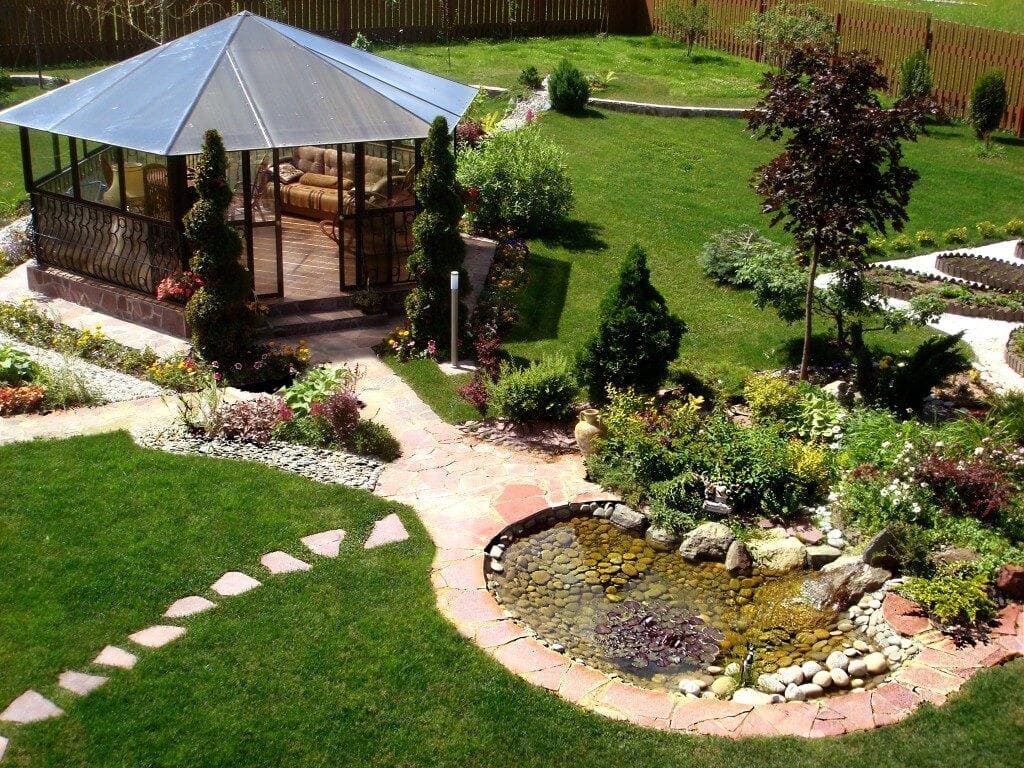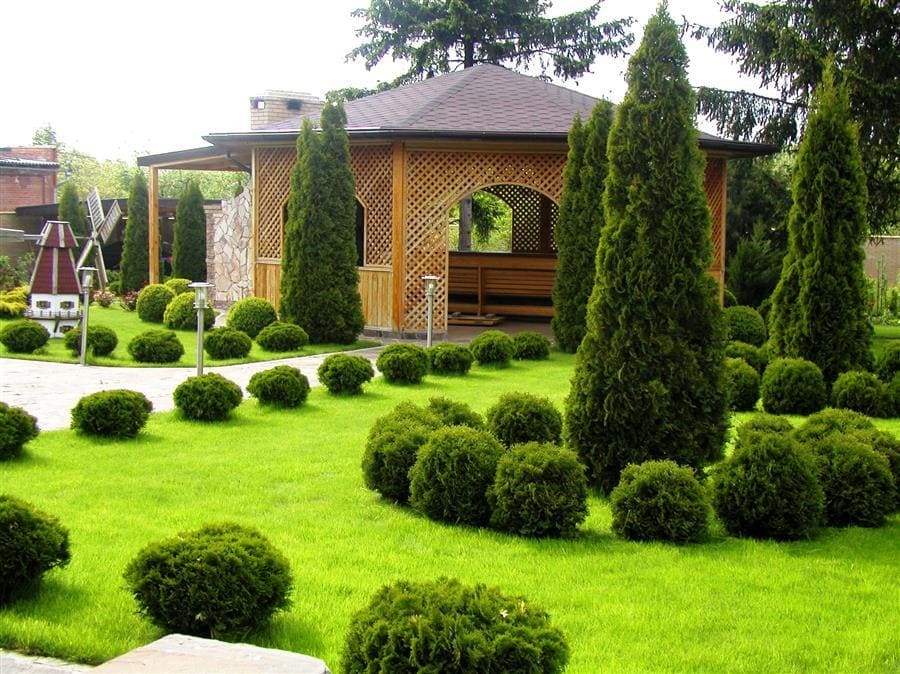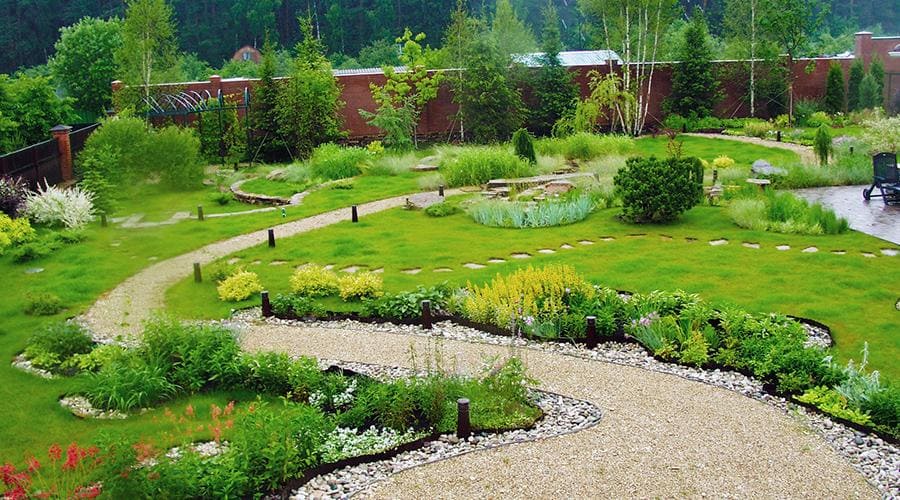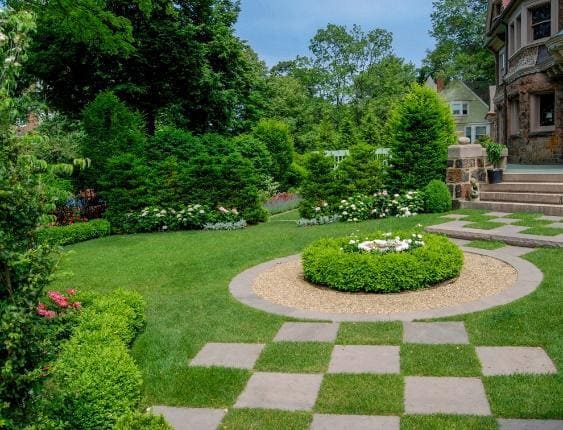Our team embarked on a mission to address the inherent complexities within high-end landscape design and client collaboration. The primary challenge was to bridge the gap between abstract design concepts and tangible client understanding, while simultaneously streamlining the internal workflows for landscape architects. We aimed to develop a sophisticated digital platform that would not only enhance the visualization of bespoke garden landscapes but also significantly improve the efficiency of the entire design and implementation lifecycle. The strategic direction was clear: empower both designers and clients with intuitive tools that foster creativity and clarity. Our projected outcomes included a substantial reduction in design revision cycles, an uplift in client engagement and satisfaction, and the provision of a robust, scalable solution that would set a new standard in the industry.
Design & Architectural Foundations
-
User Experience (UX) and User Interface (UI) Engineering
The UX/UI design process was meticulously crafted, commencing with extensive user research involving professional landscape architects, horticulturists, and potential clients. This qualitative and quantitative data informed the creation of detailed user personas and journey maps. We then proceeded with iterative wireframing and prototyping, focusing on an intuitive, drag-and-drop interface for placing and manipulating diverse garden elements. Key design principles included visual hierarchy, accessibility, and a fully responsive framework ensuring seamless interaction across desktops, tablets, and mobile devices. A critical aspect was the integration of real-time 3D visualization capabilities, allowing users to experience designs from multiple perspectives. Continuous feedback loops with stakeholders throughout the design phase ensured that the platform's interface was not only aesthetically pleasing but also profoundly functional, guiding users effortlessly from initial concept to a meticulously detailed garden plan.
-
Architectural and Technological Implementations
The technical backbone of this project was engineered for exceptional scalability, resilience, and performance. We adopted a microservices architecture, leveraging Node.js with Express.js for the backend API development, facilitating agile development and independent service deployment. Data persistence was managed through a hybrid approach: PostgreSQL for structured relational data, such as project metadata and user profiles, and MongoDB for flexible storage of dynamic assets like extensive plant libraries, material textures, and custom design components. The frontend was meticulously built using React.js, ensuring a highly dynamic and responsive user interface. For the core real-time 3D rendering and visualization engine, we integrated WebGL/Three.js, delivering rich, interactive visual experiences. Our cloud infrastructure was deployed on AWS, utilizing services like EC2 for compute, S3 for static asset hosting, RDS for PostgreSQL, and CloudFront for content delivery network capabilities, ensuring low-latency access globally. An API Gateway provided secure and managed access to our microservices, while Docker containerization ensured consistent development and deployment environments. Version control was rigorously maintained using Git with GitLab, facilitating collaborative development and robust code management.
Implementation and Refinement Cycles
The development phase followed an agile methodology, structured into focused Scrum sprints. The backend team concentrated on developing robust API endpoints, optimizing database schemas, and integrating with specialized third-party botanical data sources to enrich the platform's content. Concurrently, the frontend team meticulously crafted the interactive design canvas, developed a comprehensive library of reusable UI components, and seamlessly integrated the advanced 3D rendering engine. Rigorous testing protocols were implemented at every stage, encompassing unit tests, integration tests, and end-to-end tests using frameworks like Cypress. A crucial phase involved User Acceptance Testing (UAT) with a selected cohort of professional landscape designers, providing invaluable real-world feedback. Performance testing was also a priority, particularly for the demanding 3D rendering capabilities, ensuring smooth and responsive interactions. This iterative process allowed for continuous refinement, prompt bug resolution, and ongoing optimization of both UI elements and backend efficiency.
Strategic Iterations and Enhancements
Post-initial deployment and comprehensive testing, invaluable insights emerged from user feedback and internal analytical reviews. A common request from users centered on more intuitive plant placement and scaling functionalities. In response, we engineered and integrated a sophisticated "smart placement" algorithm that dynamically suggests optimal spacing and arrangement based on selected plant species and environmental parameters. Furthermore, the 3D rendering performance received a significant boost through optimized asset loading techniques and the implementation of Level of Detail (LOD) rendering, dramatically improving fluidity and responsiveness, especially for complex designs. Internal analysis also highlighted an opportunity to streamline the platform's asset management system. To address this, Zyntiumdep developed a robust, user-friendly Content Management System (CMS), empowering internal teams to effortlessly update and expand the extensive libraries of plants, material textures, and pre-designed elements without requiring direct developer intervention. A pivotal enhancement was the introduction of a real-time project collaboration feature, enabling multiple designers and clients to concurrently review, annotate, and provide feedback on designs, fostering unprecedented levels of teamwork and transparency.
Achieved Outcomes and Strategic Impact
The successful launch of this comprehensive platform marked a significant milestone, fundamentally transforming the landscape design process. We achieved remarkable improvements across key performance indicators. The average design revision cycles were reduced by an impressive 35%, directly contributing to faster project turnaround times. Client satisfaction scores saw a notable increase of 25%, attributed to the enhanced visualization capabilities and the collaborative features that empowered clients to be more involved in the design journey. Internally, the efficiency of our design teams improved by 20%, allowing them to manage more projects with greater precision. Within the first six months of deployment, project conversion rates experienced a substantial uplift of 15%. This project has strategically positioned Zyntiumdep as a vanguard in delivering innovative digital solutions for specialized aesthetic and functional design sectors. The platform stands as a cornerstone for our future service offerings, unequivocally demonstrating our capability to deliver complex, high-performance applications that seamlessly blend advanced technical prowess with a deeply user-centric design philosophy. This endeavor underscores our unwavering commitment to equipping our clients with cutting-edge tools that elevate their creative potential and operational effectiveness.




